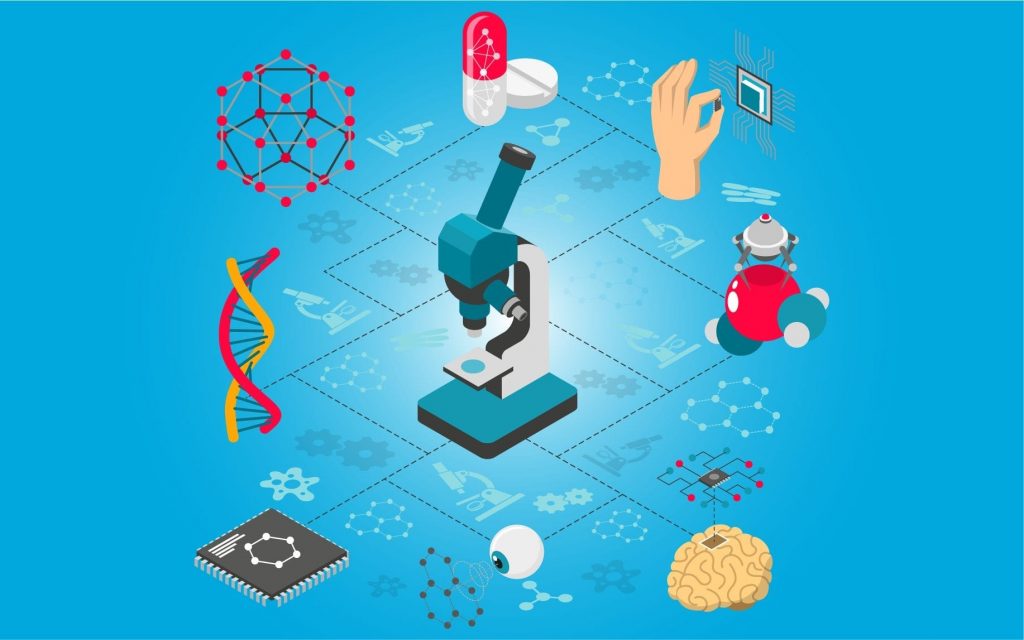
Nanotechnology is the manipulation of matter on a near-atomic scale to produce new structures, materials, and devices. Technology promises scientific advancement in many sectors such as medicine, consumer products, energy, materials, and manufacturing. Computer scientists and physicists have predicted that nanotechnology will completely transform our lives for decades. Things haven’t gone exactly as planned, but the nanotech revolution is well underway.
On a large scale basis, studies have shown that low solubility nanoparticles are more toxic than larger particles. Surface chemistry and particle surface area are good predictors of observed responses in cell cultures and animals. Some nanoparticles have been found to move from the respiratory system to other organs, according to research.
Fundamental Concepts in Nanoscience and Nanotechnology
The ability to see and control individual atoms and molecules is at the heart of nanoscience and nanotechnology. The food we eat, the clothes we wear, the buildings and houses we live in, and our own bodies are all made up of atoms.
In the early 1980s, the microscopes required to see things at the nanoscale were developed. An atom, on the other hand, is too small to be seen with the naked eye. In fact, with the microscopes commonly used in high school science classes, it’s impossible to see. In the early 1980s, the microscopes required to see things at the nanoscale were developed.
We Just Haven’t Noticed Yet

A handful of startups are translating metalens technology to commercial applications. Among them is Metalenz, which just announced a deal with semiconductor manufacturer STMicroelectronics to make 3-D sensors for smartphones. This application could allow a variety of phone manufacturers to achieve the 3-D sensing that enables Apple’s Face ID technology.
According to Metalenz CEO Robert Devlin, unlocking your phone with your face is just the beginning. Metalenses also possess abilities that are difficult to duplicate with traditional lenses. They can “see” things that conventional lenses can’t because they make it easier to detect polarized light.
Further shrinking nanomachines and reaching the theoretical limit of tininess—the point at which humans are manipulating individual atoms—will necessitate technologies that are vastly different from those used to make even the most advanced microchips.
